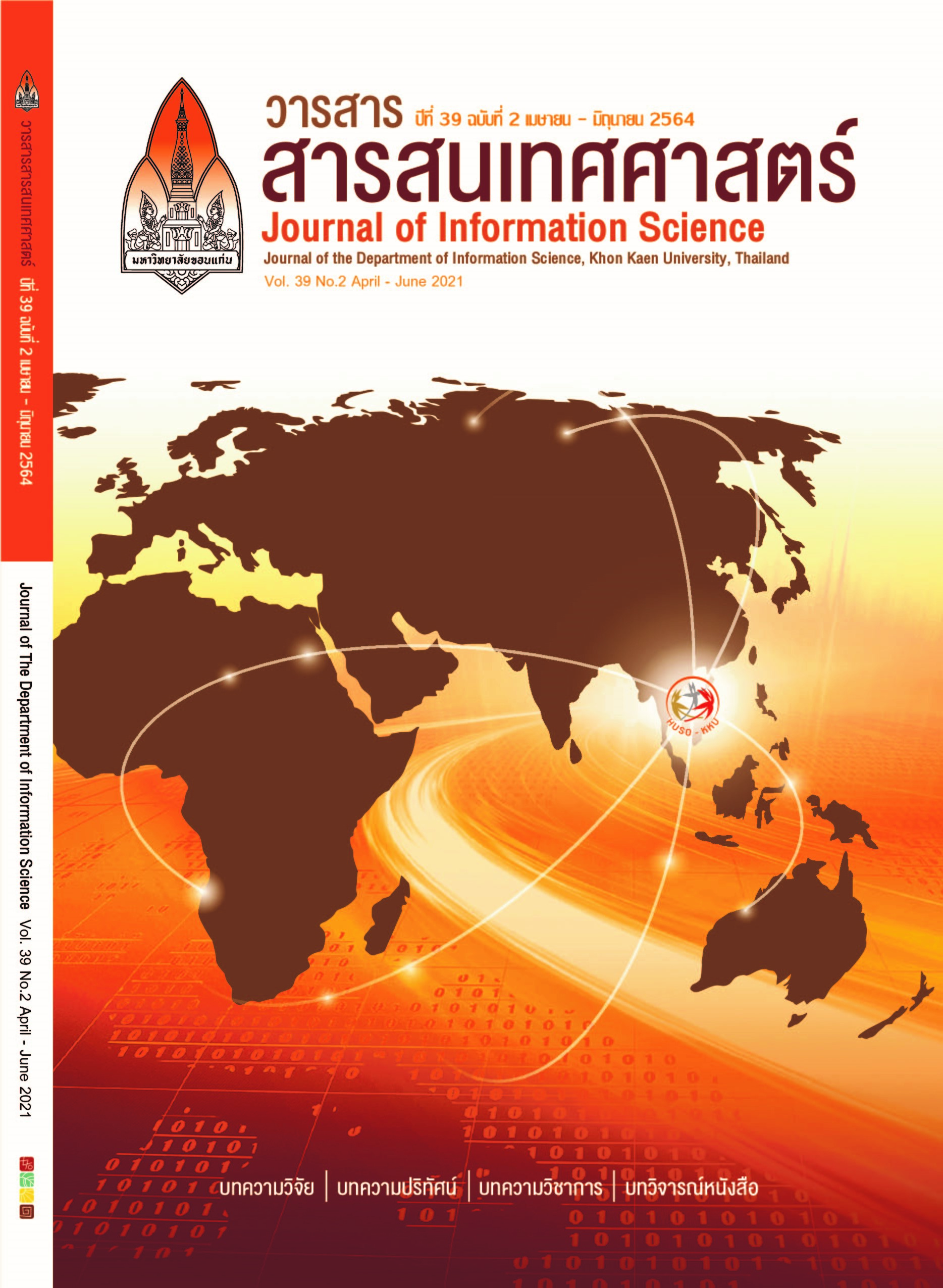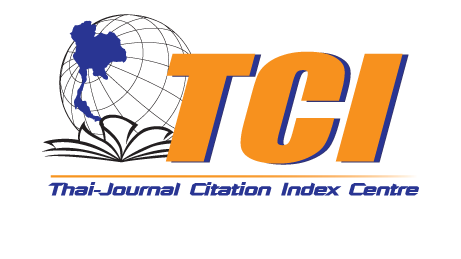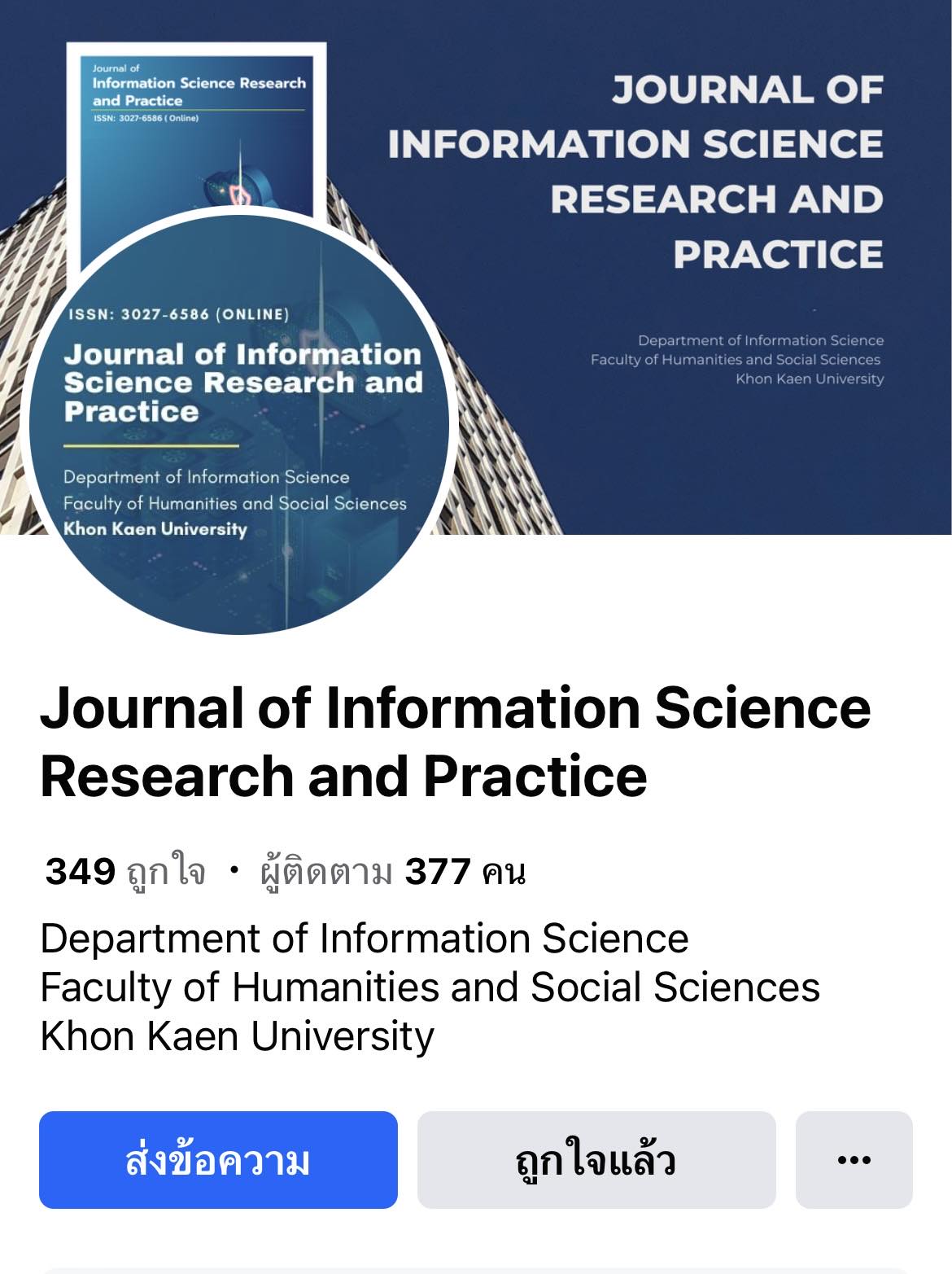A Machine-Readable Framework for Open Government Data and Government Data Analytics
DOI:
https://doi.org/10.14456/jiskku.2021.9Keywords:
Machine-Readable, Machine Readability, Open Government Data, Government Data AnalyticsAbstract
Purpose of this study: This documentary research aimed at (1) examining research papers and other related materials on machine-readable and conducting their content analysis (2) developing machine-readable framework for transforming data into machine-readable data for computer processing and making it open to the public and (3) locating machine-readable format in the public open dataset of distinguished open data portal.
Methodology: Research papers and related works, including data guidelines were examined and analyzed. Then the machine-readable framework and characteristics of government open data were set. Moreover, the proposed framework was used to evaluate the machine-readable format in the public open dataset available on Asia Open Data Portal (AODP).
Main findings: There were 6 characteristics of machine-readable dataset consisting of (1) data format which could be automatically processed by a computer, and being structured data (2) data format which no entity had exclusive control and must be encrypted internationally format (3) data format that could be processed while ensuring no semantic meaning was lost (4) consistency of data in format and type (5) variable naming that follows the rules and naming conventions and (6) being the data which could be interrogated and processed by computer code and classified in 4 levels: basic, medium, advanced and optional. In addition, the evaluation of the dataset revealed that most datasets were opened at a medium level. Taiwan dataset was found to be the highest open data while Thailand opened published data at the basic and medium levels.
Applications of this study: Findings from this investigation can be used to develop guidelines for data preparation and open data policy formulation. Also, the study is useful in data management which is a good preparation for future government big data analytics.
Downloads
References
Asia Open Data Partnership. (2015). Dataportal.asia Data Explorer in Asia. Retrieved 1 December 2020, from https://dataportal.asia/home
Berners-Lee, T. (2012). 5-Star Deployment Scheme for Open Data. Retrieved 16 March 2021, from https://5stardata.info/en/
Brickley, D., Burgess, M., & Noy, N. (2019). Google Dataset Search: Building a search engine for datasets in an open Web ecosystem. Paper presented at WWW '19: The World Wide Web Conference, May 2019 Pages 1365–1375 DOI:rg/10.1145/3308558.3313685
California Open Data Portal. (n.d.). Open Data Glossary. Retrieved 30 November 2020, from https://data.ca.gov/pages/open-data-glossary
Cheong, L. K., & Chang, V. J. A. P. (2007). The need for data governance: a case study. 8th Australasian Conference on Information System 5-7 Dec 2007, Toowoomba,999
Digital Government Development Agency. (2020).Digital Government Standard in Open Government Data Guideline. (In Thai). DGS-12001:2563 C.F.R.
Estonian Open Government Data Portal. (n.d.). Why is it important to make data openly available? Retrieved 1 December 2020, from https://opendata.riik.ee/en/about/
EU Open Data Portal. (2013). EU implementation of the G8 Open Data Charter. Retrieved 30 November 2020, from http://ec.europa.eu/information_society/newsroom/cf/dae/ document.cfm?doc_id=3489
European Securities and Markets Authority. (2017). New rules make EU issuers’ annual financial reports machine-readabletest. Retrieved 1 December 2020, from https://www.esma. europa.eu/press-news/esma-news/new-rules-make-eu-issuers%E2%80%99-annual-financial-reports-machine-readable
Fecher, B., & Friesike, S. (2014). Open science: one term, five schools of thought. In Opening science (17-47): Springer, Cham. DOI: 10.1007/978-3-319-00026-8_2
Global Open Data Index. (2017). The Global Open Data Index provides the most comprehensive snapshot available of the state of open government data publication. Retrieved 17 December 2020, from https://index.okfn.org/place/ 53
Goëta, S., & Davies, T. (2019). The Daily Shaping of State Transparency: Standards, Machine-Readability and the Configuration of Open Government Data Policies. Science & Technology Studies, 29(4), 9-30.
Tauberer, J. (2019). The 8 Principles of Open Government Data. Retrieved 15 December 2020, from https://opengovdata.org
Office of Management and Budget. (2019). Circular No A-11 Preparation, Submission and Execution of the budget. Retrieved 30 November 2020, from https://static.carahsoft.com /concrete/files/8415/7305/7362/a11_-_section_280_OMB_report.pdf
Open Knowledge Foundation. (n.d.). Machine readable. Retrieved 1 December 2020, from http://opendatahandbook.org/glossary/en/terms/machine-readable/
Stevens, H. (2019). Open data, closed government: Unpacking data.gov.sg. First Monday, 24(4). doi:https://doi.org/10.5210/fm.v24i4.9851
United Nations. (2013). Guidelines on open government data for citizen engagement. Retrieved 15 December 2020, from https://publicadministration.un.org/en/ogd
United Nations. (n.d.). Economic and development statistics. Retrieved 7 December 2020, from http://www.un.org/esa/progareas/stats.html
United State Government Publishing Office. (2018). Foundations for Evidence-Based Policymaking Act of 2018. Retrieved 30 November 2020, from https://stratml.us/ references/HR4174. htm#Agency_Responsibilities
Western Australian Land Information Authority. (2020). The principles of open and machine-readable data. Retrieved 30 November 2020, from https://data.wa.gov.au/junk/fact-sheets-and-toolkit /creating-machine-readable-data
Yergeau, F. (2003). RFC 3629 - UTF-8, a transformation format of ISO 10646. Retrieved 30 November 2020, from https://www.hjp.at/doc/rfc/rfc3629.html








